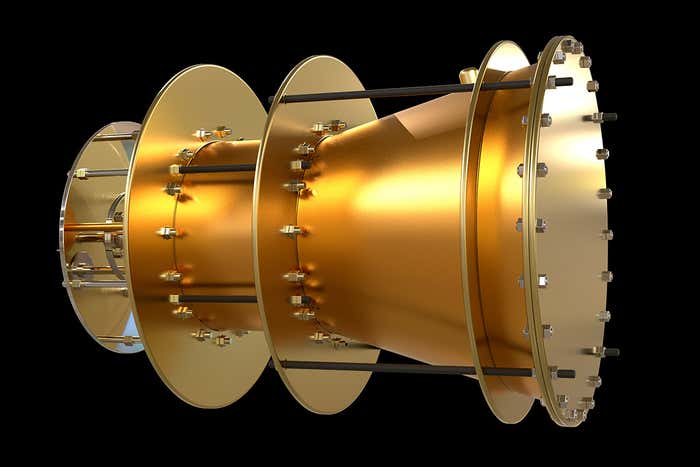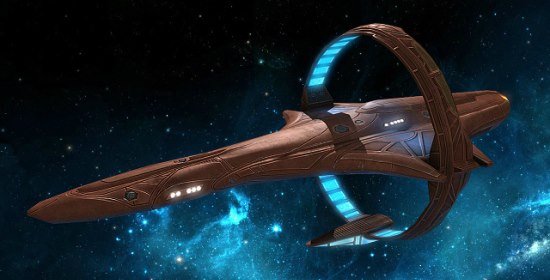© 2000-2025 - Enkey Magazine - All rights reserved
ENKEY SNC - VAT ID IT03202450924 / REA Code CA253701 - Phone. 078162719
We always have to take it a step further with the space exploration. It’s in the human nature and an inevitable step for the species evolution. However we have really big limits, limits which are maybe insuperable by following the normal physics laws. But even them sometimes aren’t like we always knew them on our small planet. We have to dare more to get more. And it is for this reason that even though the many failures we never give up. Even though all the projects abandoned in a corner we still dream, to imagine to travel undisturbed in the universe. But to do it we have to pass our biggest limit: we are too slow. We must reach the light speed, but all the projects are still only theories, which are mostly abandoned because unrealizable. But we don’t give up anyway, and it is for this reason that arrives now a crazy, but maybe not unrealizable, idea: the helicoidal engine.
The Burns’ project
David Burns is a NASA engineer which claims to have found the best way to travel in the space at the light speed. All of it, moreover, without the need of fuel. It is, right, the helicoidal engine.

Like Burns explains, his engine uses the effects of the mass’ alteration which occures at the moment that we reach speeds next to the light one. Doing that we don’t even need a fuel.
The study is reported in the digital library of the NASA, even if Burns didn’t clearly debate with the international scientific community yet. However the engineer isn’t not scare about being mocked. He is infact sure that his project will work without problems.
“If someone will demonstrate that it won’t work, I will be the first one to recognise it”.
How does the helicoidal engine work
But how will this helicoidal engine thought by the NASA’s engineer work? The Burns’ engine challenges the normal physics laws, according to which every action has a reaction. According to this law we need the push of a fuel to reach the space and, with it, really high speed which could arrive to steps forward the light ones.
But in the space, without gravitational force, the action and the reaction might be much easier than what we think. If inside a box there was a rod and on this a ring, by giving a push toward a direction to the ring the box will go in the opposite direction, the reaction that matches the action.

Once arrived at the end of its run the ring bounces in the opposite direction and so the box/spaceship. To let the box move in only one direction, then, we have to make possible that the ring has a higher mass when it goes in one direction compared with the other direction.
The problem arises right about the mass. How can it be higher in one direction and not in the other? Can an object change mass? According to Burns yes, it’s enough to replace the ring with a particles accelerator. Inside the collider the ions are accelerated in one direction and slowed down in the other.
To make it possible, the ring that will be the engine of our hypothetical spaceship must have the shape of an helix. And this is the reason why the Burns’ model takes name of helicoidal engine.
The problems of the helicoidal engine
Even though the Burns enthusiasm and his promptness to deal with the scientific community, the helicoidal engine has many problems.

First of all, the size of the engine. It will have to be, infact, at least 200 meters long and 12 meters of diameter. Even though Burns claims that his engine doesn’t need a fuel, this isn’t true. Otherwise the initial push will need an exaggereted effort of energy. Even though it will work autonomously while reached the speed light, to reach it we will need 165 megawatt of energy for every single newton of push.
According to the scientists, so, the helicoidal engine is surely inefficient, becuase it needs too much energy for a really small result. But the engineer claims, instead, that, once reached the space, without the drag every push will be added to the previous one, by creating so a perpetual motion, without fuel.
They need, so, to go on working and deaply studying every aspect of the helicoidal engine, to understand if it’s really worth it, or if it will be abandoned in a corner like all the other projects.
This post is also available in:
 Italiano
Italiano


